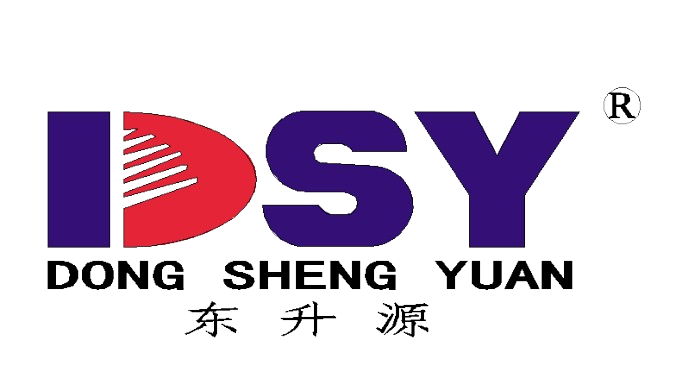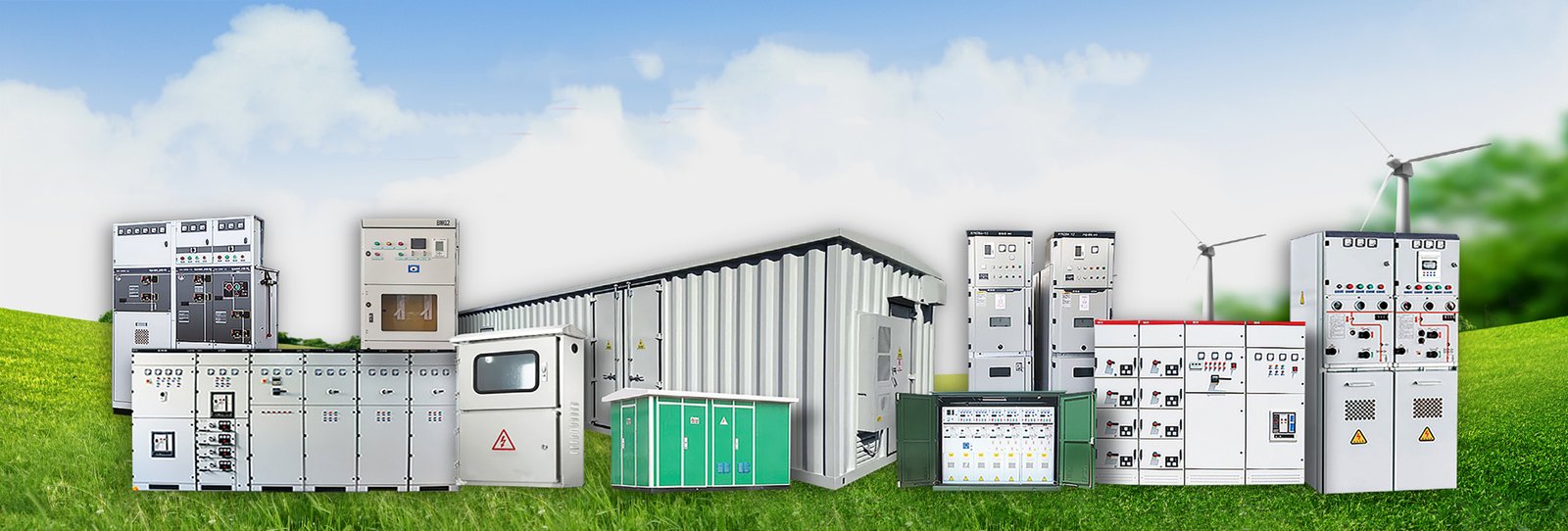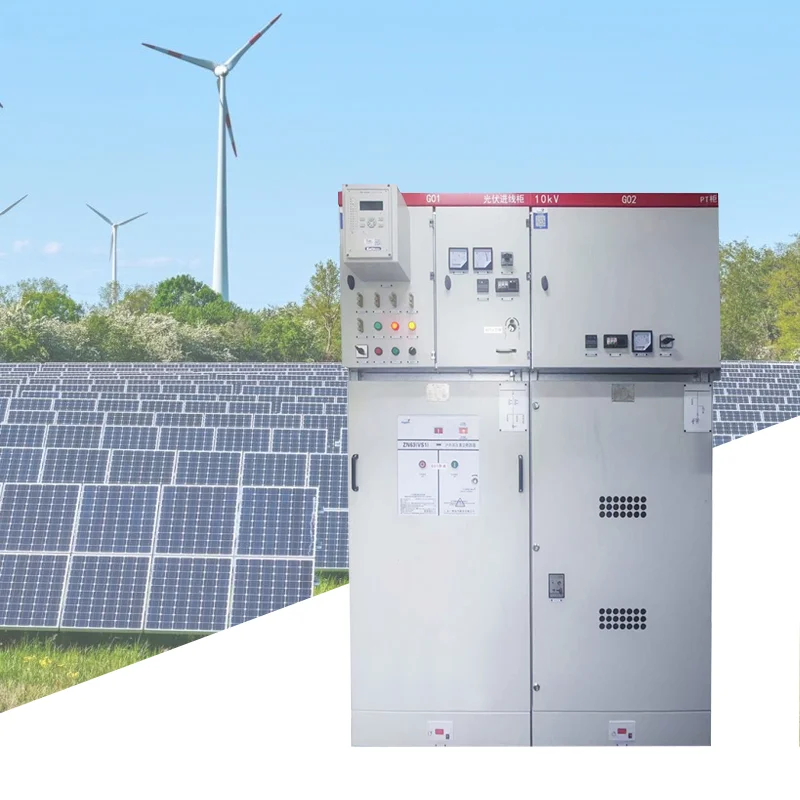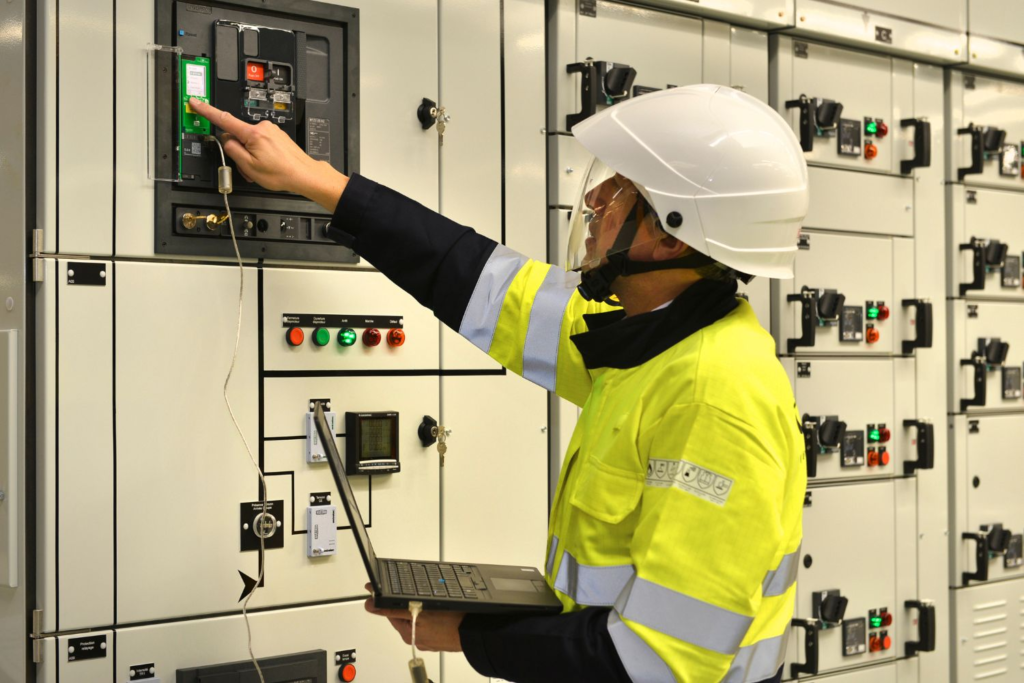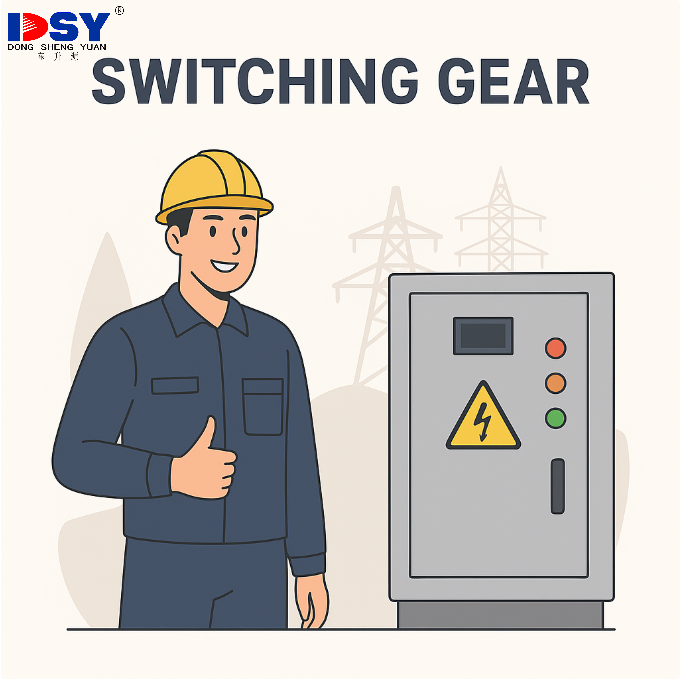LV vs HV Switchgear: Specs, Standards & Selection Guide
Introduction
Choosing between low voltage (LV) and high voltage (HV) switchgear often comes down to one core question for industrial buyers and EPC contractors: Which one fits your power system safely, efficiently, and cost-effectively?
This guide helps you make fast, informed decisions—without the fluff. We’ll walk you through real-world use cases, key specs, maintenance complexity, and compliance standards so you can choose the right equipment and avoid costly mistakes.
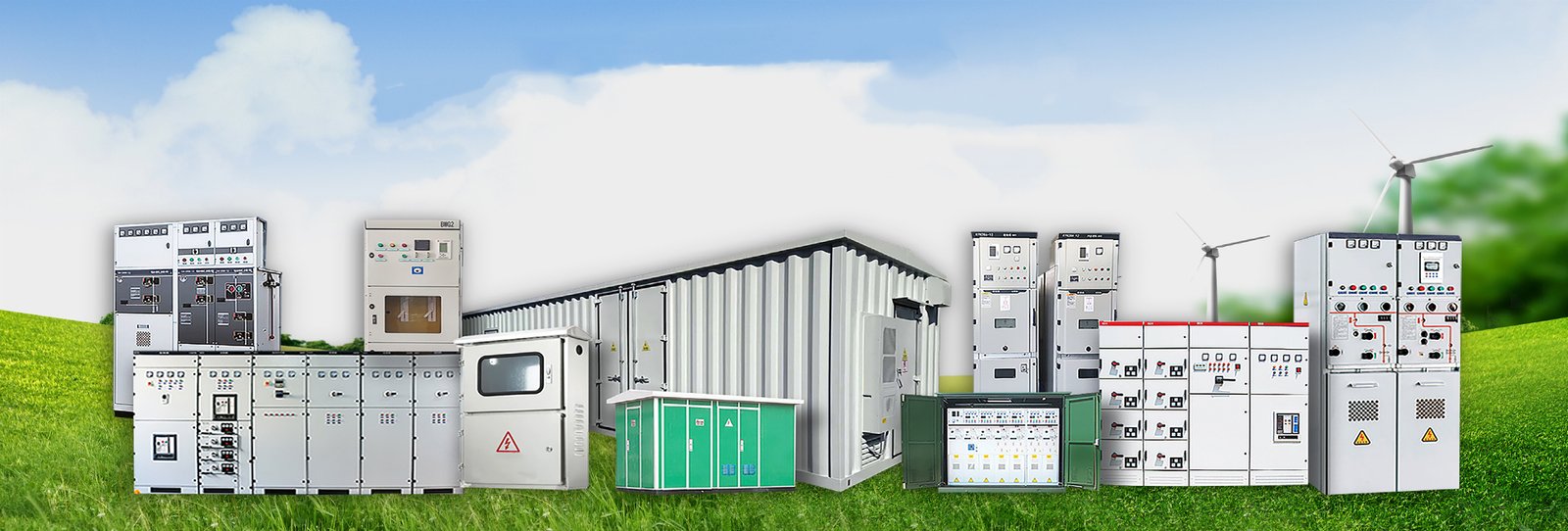
What’s the Real Difference Between LV and HV Switchgear?
- LV Switchgear is ideal for final distribution systems within buildings and small facilities. Think MCCs, HVAC systems, and indoor panels.
- HV Switchgear handles long-distance transmission and heavy industrial systems. Found in utility substations, power plants, and metro rail electrification.
Each comes with different safety, space, cost, and maintenance requirements. Understanding these will help you select the right gear from day one.
LV vs MV vs HV: How to Match Each to Your Project
| Feature | Low Voltage | Medium Voltage | High Voltage |
|---|---|---|---|
| Voltage Range | <1kV | 1–35kV | >35kV |
| Insulation Type | Air / Solid | Vacuum / SF₆ / Air | GIS / AIS / Oil |
| Typical Applications | Buildings, Light Industry | Substations, Renewables | Transmission, Power Plants |
| Maintenance Complexity | Low – Suitable for in-house teams | Medium – Occasional trained service required | High – Needs certified HV technicians |
| Installation Environment | Indoor | Indoor / Outdoor | Mostly Outdoor (except GIS) |
| Standards Compliance | IEC 61439, UL 1558 | IEC 62271-200 | IEC 62271-1, IEEE C37 |
| Cost Level | $ – Lowest CapEx | $$ – Balanced | $$$ – Highest, but long-term ROI |
| Buyer Tip | Great for downstream loads & small sites | Best for regional distribution or solar/wind | Use only when needed – higher total cost |
What Should You Watch Out for When Buying?
- Underspec’d LV in industrial setups = Overheating & system failure
- Overspending on HV where MV suffices = Wasted budget
- Non-compliant gear = Regulatory rejection & rework
Tip: Always verify IEC/ANSI certification and ask for type test reports.
Upcoming Trends – What to Consider Now
- Smart Switchgear: Real-time monitoring and IoT-based fault diagnostics—ideal for reducing O&M costs in remote sites
- Green Alternatives to SF₆: Dry air or g³ switchgear helps meet ESG goals
- Modular Systems: Faster installation, smaller footprint—valuable in urban or offshore projects
Why it matters: Investing in future-ready tech gives you longer asset life, regulatory alignment, and stronger resale value.
About the Manufacturer: Shenzhen Dongshengyuan Electric Equipment Co., Ltd.
We are Dongshengyuan (DSY), a certified manufacturer of LV and HV switchgear solutions since 2005.
- We help overseas wholesalers, EPC contractors, and energy utilities source reliable switchgear that meets global safety and performance standards.
- Exported to 30+ countries: Trusted by power projects worldwide.
- Certified with ISO 9001:2015, CCC, IEC 62271: Ensuring compliance with grid codes worldwide.
- OEM/ODM customization: Tailored solutions for your unique project needs.
- 1,000+ units monthly capacity: Supporting fast production and stable supply.
- Full technical documentation & FAT support: Helping you streamline procurement and installation.
Visit our website to learn more
Contact Us
fast, reliable, and fully compliant with your grid and project needs.

